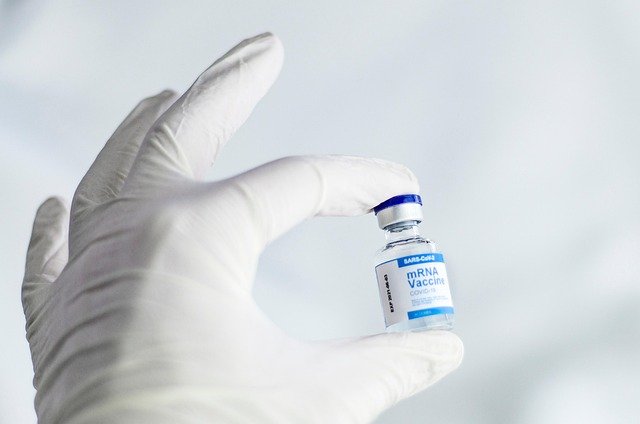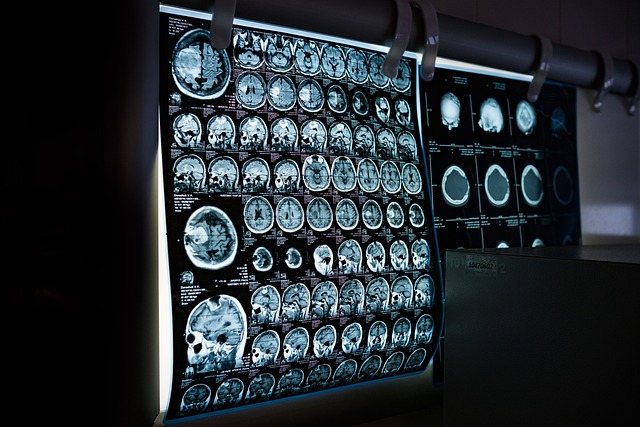Hemophilia Treatments in the U.S.: Current Options and Advances
Hemophilia treatments in the United States focus on reducing bleeding episodes and supporting long-term health through factor replacement therapies, emerging biologics, and specialized care programs. Advances in treatment options continue to improve consistency and overall management strategies.

Managing hemophilia requires a comprehensive understanding of available therapies and how they address the underlying clotting deficiencies. The condition primarily affects males and is caused by mutations in genes responsible for producing clotting factors, most commonly factor VIII or factor IX. Without adequate treatment, individuals with hemophilia face risks of joint damage, internal bleeding, and life-threatening hemorrhages. Modern medicine has developed several approaches to manage this condition effectively, ranging from traditional replacement therapies to cutting-edge genetic interventions.
This article is for informational purposes only and should not be considered medical advice. Please consult a qualified healthcare professional for personalized guidance and treatment.
What Are Hemophilia Treatments in the US?
Hemophilia treatments in the US encompass a range of therapeutic approaches designed to restore normal clotting function or prevent bleeding episodes. The primary goal is to replace or supplement the missing clotting factor in the blood. Treatment plans are highly individualized, depending on the severity of hemophilia, the specific factor deficiency, and the patient’s lifestyle and medical history. Mild hemophilia may require treatment only during bleeding episodes or before surgical procedures, while severe cases often necessitate regular prophylactic therapy to prevent spontaneous bleeding. The U.S. healthcare system provides access to specialized hemophilia treatment centers that offer comprehensive care, including diagnosis, treatment, physical therapy, and genetic counseling.
Understanding Hemophilia Care Options
Hemophilia care options extend beyond medication to include multidisciplinary support that addresses the physical, emotional, and social aspects of living with a chronic bleeding disorder. Comprehensive care typically involves hematologists, nurses, physical therapists, social workers, and genetic counselors working together at specialized hemophilia treatment centers. These centers provide coordinated care that includes regular monitoring of clotting factor levels, joint health assessments, and management of complications such as inhibitors—antibodies that can develop against replacement factors. Patient education is a crucial component, teaching individuals and families how to recognize bleeding symptoms, administer treatments at home, and maintain an active lifestyle while minimizing injury risks. Psychosocial support helps patients cope with the emotional challenges of managing a lifelong condition, while vocational counseling assists with career planning that accommodates physical limitations.
How Does Factor Replacement Therapy Work?
Factor replacement therapy remains the cornerstone of hemophilia management and involves infusing the missing clotting factor directly into the bloodstream. These products can be derived from human plasma or manufactured synthetically using recombinant DNA technology. Recombinant factors have become increasingly popular due to their reduced risk of transmitting blood-borne infections and consistent quality. Treatment can be administered on-demand during bleeding episodes or prophylactically on a regular schedule to maintain adequate factor levels and prevent spontaneous bleeding. Prophylactic therapy, typically given two to three times weekly, has been shown to significantly reduce joint damage and improve long-term outcomes, particularly when started in early childhood. The dosage and frequency depend on the severity of hemophilia, body weight, and individual pharmacokinetic profiles. Extended half-life products have recently been developed, allowing for less frequent infusions while maintaining protective factor levels, thereby improving patient convenience and adherence.
What Is Gene Therapy for Hemophilia?
Gene therapy hemophilia represents one of the most promising advances in treating this genetic disorder by addressing its root cause rather than just managing symptoms. This innovative approach involves delivering a functional copy of the defective gene into the patient’s cells, enabling the body to produce its own clotting factor. Several gene therapy products are currently in clinical trials or have received regulatory approval in recent years. The procedure typically involves a one-time intravenous infusion of a viral vector carrying the corrected gene, which then integrates into liver cells where clotting factors are naturally produced. Early results have shown that many patients achieve factor levels sufficient to eliminate or dramatically reduce the need for regular infusions. However, gene therapy is still relatively new, and long-term durability and safety data continue to be collected. Not all patients are eligible for gene therapy, as factors such as pre-existing immunity to the viral vector or liver disease may preclude treatment. The high cost of gene therapy also raises questions about accessibility and insurance coverage.
Exploring Clotting Disorder Treatment Innovations
Clotting disorder treatment has evolved significantly with the development of novel therapeutic agents that work through different mechanisms than traditional factor replacement. One major advancement is the introduction of bispecific antibodies that mimic the function of factor VIII by bringing together clotting factors IXa and X, bypassing the need for factor VIII entirely. This approach is particularly beneficial for patients with inhibitors who no longer respond to standard factor replacement. Another innovation involves small interfering RNA therapies that reduce the production of natural anticoagulants, thereby rebalancing the clotting system in favor of coagulation. These subcutaneous treatments offer improved convenience compared to intravenous infusions and can be administered less frequently. Researchers are also exploring gene editing techniques using CRISPR technology to permanently correct the genetic mutation causing hemophilia. Additionally, advances in personalized medicine allow for tailored treatment regimens based on individual genetic profiles and pharmacokinetic characteristics, optimizing efficacy while minimizing treatment burden.
Treatment Providers and Cost Considerations
Hemophilia treatment involves specialized providers and significant financial considerations that patients and families must navigate. The following table provides an overview of typical treatment providers and estimated annual costs:
| Treatment Type | Provider/Product Examples | Estimated Annual Cost |
|---|---|---|
| Recombinant Factor VIII | Advate, Eloctate, Jivi | $300,000 - $700,000 |
| Recombinant Factor IX | BeneFIX, Alprolix, Rebinyn | $400,000 - $800,000 |
| Bispecific Antibody | Hemlibra (emicizumab) | $450,000 - $550,000 |
| Gene Therapy | Hemgenix, Roctavian | $2,000,000 - $3,500,000 |
| Plasma-Derived Factors | Alphanate, Koate-DVI | $200,000 - $500,000 |
Prices, rates, or cost estimates mentioned in this article are based on the latest available information but may change over time. Independent research is advised before making financial decisions.
The cost of hemophilia treatment varies widely depending on the severity of the condition, the type of therapy used, body weight, and treatment frequency. Prophylactic regimens are generally more expensive than on-demand treatment but provide better long-term outcomes and may reduce overall healthcare costs by preventing complications. Most patients rely on comprehensive health insurance coverage, and many pharmaceutical companies offer patient assistance programs to help with out-of-pocket expenses. Hemophilia treatment centers often have financial coordinators who help patients navigate insurance coverage and access available resources.
Conclusion
Hemophilia treatment in the United States has undergone remarkable transformation, offering patients unprecedented options for managing their condition effectively. From traditional factor replacement therapy to revolutionary gene therapy approaches, the treatment landscape continues to expand with innovations that improve both efficacy and quality of life. Comprehensive care through specialized treatment centers ensures that patients receive coordinated, multidisciplinary support addressing all aspects of living with hemophilia. While treatment costs remain substantial, various assistance programs and insurance coverage options help make these therapies accessible. As research progresses, the future holds promise for even more effective, convenient, and potentially curative treatments that will further improve outcomes for individuals living with hemophilia.




